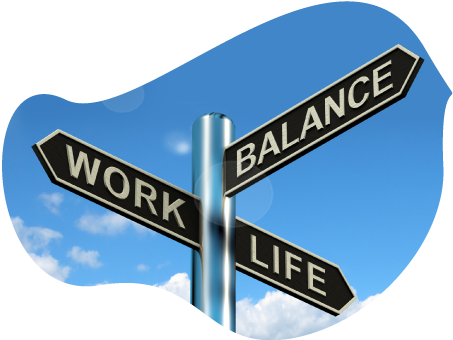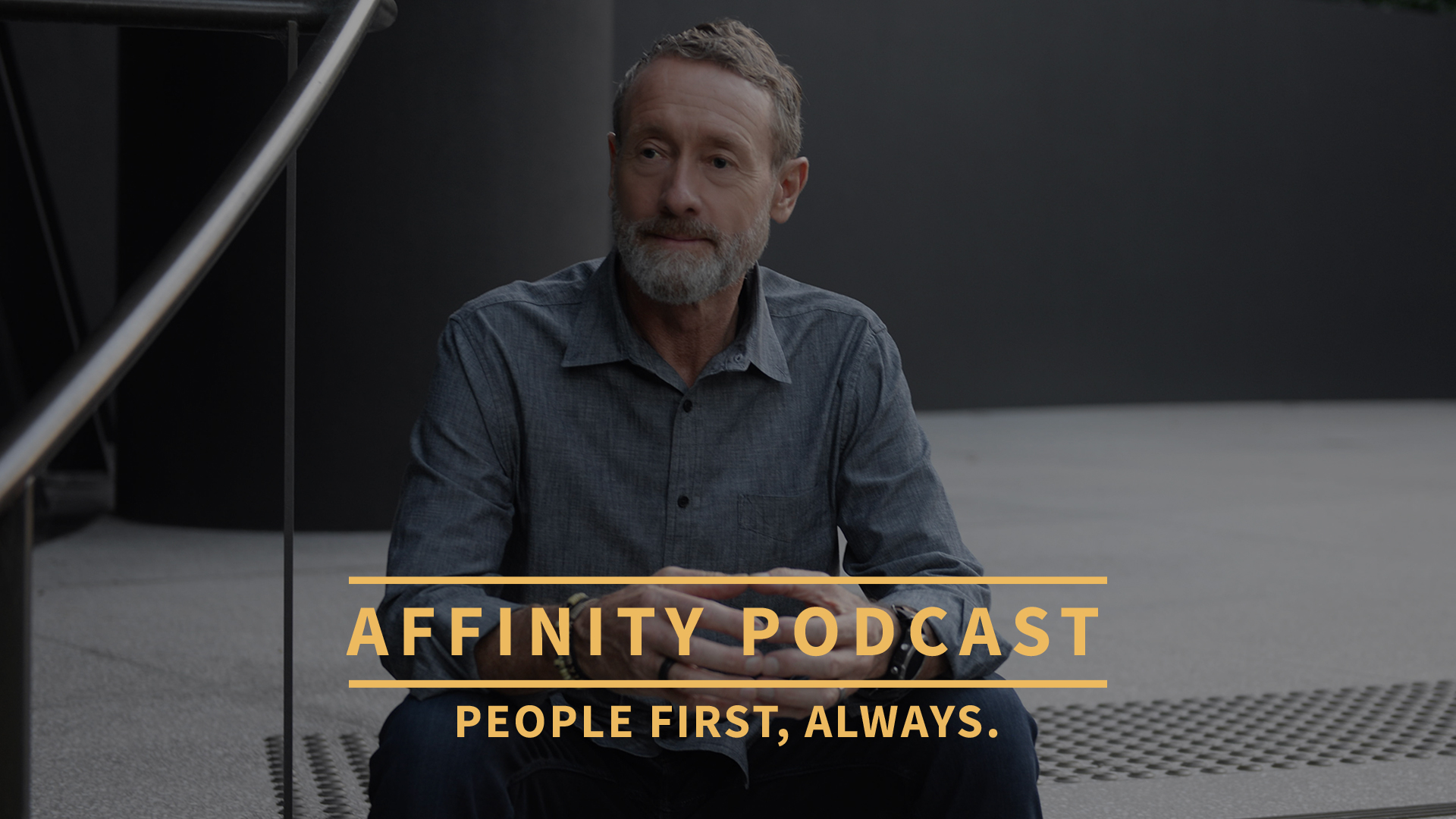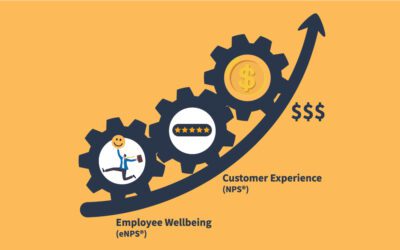Executive Self-Care: The Secret to Sustainable Success and Mindful Leadership


Grant Ian Gamble is a best-selling mindful leadership author and speaker. He has over 30 years of experience in leading teams to create innovative customer experiences, building engaged workforces, and developing leaders who prioritize mindfulness in their approach.
The #1 Habit for High Achievers: Recovery and Rest (aka Self-Care)
While millionaires and elite athletes may focus on outworking the competition, the happy and healthy ones are likely committed to recovery, rest, and self-care, which is what truly sets them apart. Prioritizing recovery is essential for maintaining peak performance and managing stress levels.
A regular recovery practice allows individuals to recharge, refocus, and ultimately, achieve more in the long run.
How to Incorporate Recovery into Your Routine
- Audit your energy expenditure: Reflect on how and where you’re spending most of your time and attention. Identify activities that feel draining and those that energize you.
- Balance credits and debits: Consider self-care activities that benefit your mental or physical health (credits) and those that detract from it (debits). Strive to incorporate more credits into your routine to maintain a healthy balance.
Cultivating Connection: The Foundation of Mindful Leadership
To become a mindful leader, it’s crucial to nurture connection. This includes cultivating relationships with your team and customers, as well as fostering a positive connection with yourself. Self-awareness and self-care are essential for preventing burnout and ensuring that you can lead effectively.
My Simple Executive Self-Care Practices
Personally, I regularly employ several simple self-care practices I’ll share with you now. These are accessible to anyone, don’t cost anything and can have a profound impact on your health and wellbeing if practiced consistently. I also use modalities like float therapy, infrared sauna, cold therapy, red light therapy, physiotherapy and acupuncture on an as-needed basis but I won’t go into them here.
1. Early morning walk: I start each day with abstinence from screens and coffee and instead take an early-morning 20-30 minute walk with my wife and our two dogs. This simple activity has several profound consequences. First, forward ambulatory motion (aka walking), combined with unobstructed exposure to sunlight (this simply means that I don’t wear sunglasses), regulates my hormones and has lasting positive effects on my mood, energy levels, overall well-being and sleep quality. It also lets my body “startup” more naturally, and begins my day with a connection with nature and a loved one.
2. Educational podcasts: I often do a lot of driving between the various wellness centers in our group and I try to leverage this time by listening to podcasts on everything from health and wellness to science and philosophy. My wife and I share our favorite podcasts with each other and this gives us a lot to talk about on our walks or when we’re hanging out.
3. Outdoor exercise: We end most days with some form of outdoor exercise, be it paddleboarding on a nearby creek, a bike ride at a local park, or another walk if we’re short on time. This is less about a hard workout and more about being present with each other, breathing, and grounding in nature after a busy day of almost constant stimulation. Mindfulness and self-awareness are about our ability to consciously detach and observe ourselves, which requires that we are present as much as possible instead of running on “auto-pilot.” This active time outside serves as a form of meditation that allows us to create the space within which we can practice and cultivate our ability to be present.
4. Family dinners: We also have nightly family dinners, which include our two kids, and usually their partners as well. Each night we take turns cooking and washing the dishes, which is something I highly recommend for a myriad of obvious reasons. Our whole family absolutely loves our family dinner ritual and actually embraces the shared responsibilities that come with it. The dinners and clean-up time give us ample opportunity to share our day and discuss a broad range of topics.
5. Limit screen time: After dinner, my wife and I try to limit our screen time and often, instead of watching TV, we get in bed and read “real” books. While it’s tempting to stream the latest show that everyone is talking about, we have found that reading tangible books instead has not only had a profound effect on the quality of our sleep, but also on our ability to focus throughout our day.
If nighttime TV is something you’re not willing to give up, I highly recommend at least giving up the nightly news. If you pay attention to the (often irrelevant) news content, you will find that the vast majority of it is negative. That is because the news is a for-profit enterprise that competes for our attention, which is most easily captured by negative and sensational headlines and content. Studies have shown that watching the nightly news can have shockingly negative effects on our mental health and overall wellbeing.
Bottom line, striving for quality sleep is an obvious essential for wellness! I have written an extensive blog on what I believe sets you up for a great sleep experience. Sleep is one of the most critical pieces of the wellness puzzle.
6. Executive coaching: The last form of self-care that I want to share with you is my fortnightly executive coaching session. I have a coach who is incredibly intuitive, insightful and with whom I resonate deeply. Most importantly, she is honest and unafraid to give me the hard to hear truths. Just because I’ve held leadership roles for over three decades doesn’t mean that my potential for growth has diminished. My goal is to be the best that I can be, and that demands introspection and being willing to receive unadulterated feedback. This helps me on so many levels. Most of all, it improves my ability to be present and mindful with my family, friends, and teams at work. I have come to view the process of receiving coaching as a necessity, as opposed to a luxury.
Executive self-care is critical for sustained high performance demanded of executives, leaders and managers these days. By incorporating recovery practices and nurturing a positive connection with yourself and others, you can become a more effective, mindful leader. Simple yet impactful habits like morning walks, outdoor exercise, and limited screen time can help you strike a balance between work and well-being, ultimately leading to greater success and happiness. So, prioritize your executive self-care and unlock your full potential as a mindful leader.

Put PEOPLE FIRST, ALWAYS and watch your business flourish.
Dive deep into the latest trends in customer experience and team engagement, mindful leadership and management. Discover practical tools and strategies that you can use to build a people-centric culture, the foundation for sustainable long-term business growth and success.
Led by mindful leadership expert, Grant Ian Gamble, a best-selling author and true visionary with over 30 years of experience in leading teams to create innovative customer experiences, building engaged, inspired and fulfilled workforces, and developing leaders who prioritize genuine connection in their approach.
The guiding principle behind all of Grant’s work is PEOPLE FIRST, ALWAYS.
More Articles:
Why Sales May Seem Easier Than Retention in the Fitness Industry
In the fitness industry, sales often grab the spotlight due to their immediate results and clear metrics, like quick sign-ups and instant revenue boosts. However, as industry leaders, it’s crucial to understand why retention might seem less controllable but is equally vital for sustainable success.
Dashboards are Dead. AI-Driven Business Intelligence is the Future.
When I read “Dashboards are Dead”, a recent ThoughtSpot headline, it made me cringe.
Our product, AFFINITY OS™, uses dashboards to visualize the data our AI engine collects from customers/members and team members of our clients’ businesses. Did this mean we needed to rethink the UX, and/or the BI (Business Intelligence) that brings our data into focus?
As ThoughtSpot said in their opening paragraph, “For more than 20 years, dashboards served as a foundational element of business intelligence, helping leaders visualize and share valuable data across their organization.”
How to Win the America’s Cup of Fitness Business
Team New Zealand’s innovative application of digital technology in yacht racing contributed significantly to its back-to-back victories in the America’s Cup races of 2017 and 2021. The team had a thorough understanding of the performance of its 75-foot AC75 monohull even before its launch in 2021, thanks to an AI-powered simulation tool. This tool enabled the team to conduct virtual races across numerous prototypes, honing their skills to navigate at speeds of 50 knots on meticulously refined hydrofoils under challenging conditions.
Fill out the form below and receive a PDF download of "6 Key Strategies to Engage Untapped Fitness and Wellness Market Segments"
Let's Connect!
CUSTOMER EXPERIENCE, TEAM ENGAGEMENT & WORKPLACE WELL-BEING: AFFINITY OS™ | WELLNESS INTEGRATION | MINDFUL LEADERSHIP: "THE AFFINITY PRINCIPLE"
0475 866 592

The Affinity Principle™ by Grant Gamble presents a formula for business success through a people-centric, mindful leadership approach.
PEOPLE FIRST, ALWAYS.








